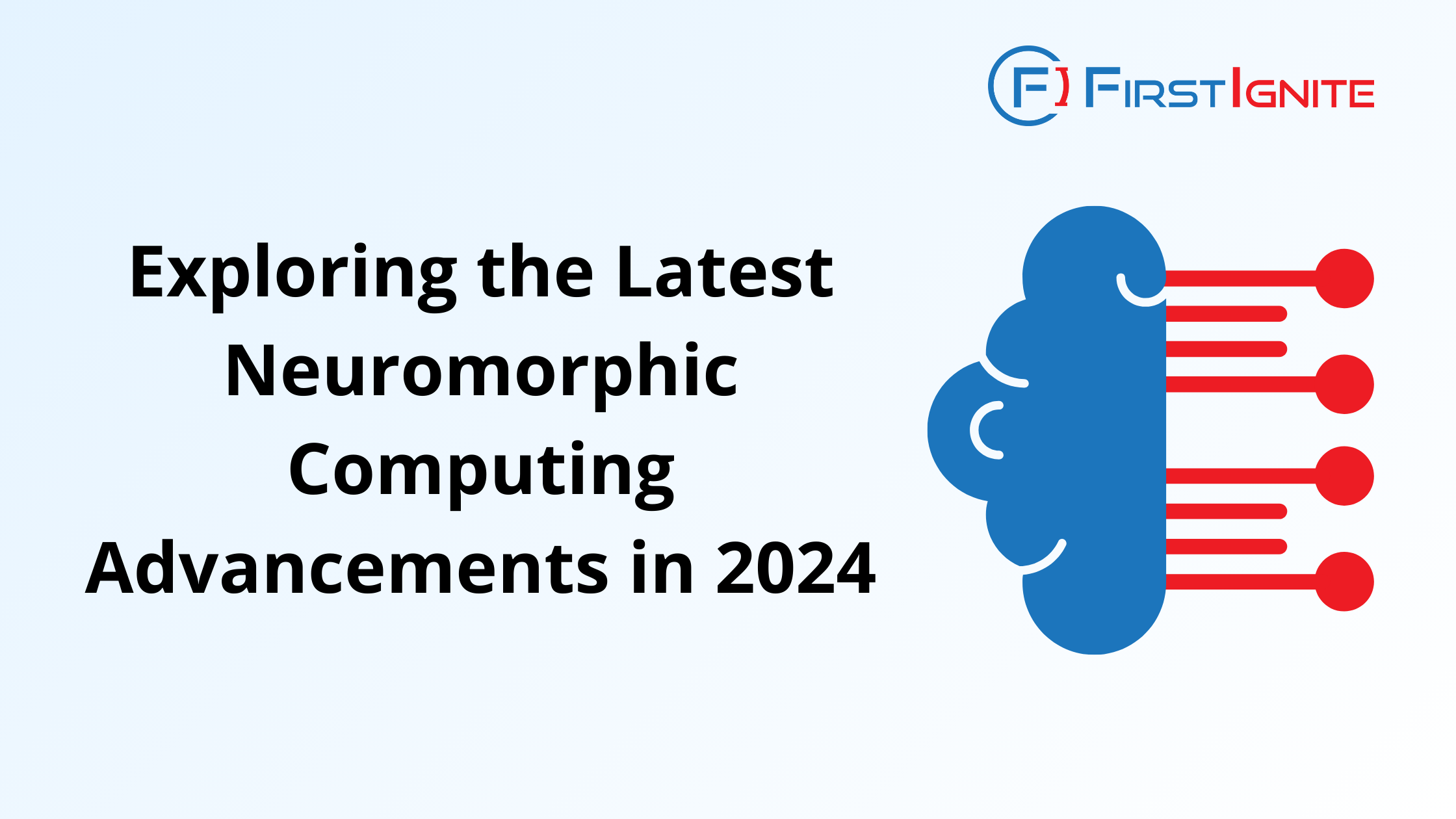
Introduction to Neuromorphic Computing
In the ever-evolving landscape of technology, one field capturing the imagination of researchers and industry leaders alike is neuromorphic computing. This innovative approach to computing is inspired by the remarkable architecture and functionality of the human brain, seeking to emulate its energy-efficient and parallel processing capabilities. As we stand at the cusp of a new era, exploring the latest advancements in neuromorphic computing reveals how this technology is poised to reshape the future of artificial intelligence (AI) and beyond.
Understanding the Latest Advancements in Neuromorphic Computing
Over the past year, neuromorphic computing has seen groundbreaking advancements, with researchers leveraging cutting-edge materials, architectures, and algorithms to create more efficient, scalable, and versatile systems. Notable developments include novel neuromorphic chip designs incorporating memristive devices that mimic synaptic connections in the brain, enabling complex computations with significantly lower power consumption than traditional architectures. Additionally, progress in neuromorphic software and algorithms has led to more efficient and intuitive training of neural networks, enhancing the performance and accuracy of neuromorphic systems for real-world applications.
The Role of Neuromorphic Chips in Advancing AI
As AI evolves, neuromorphic computing is set to unlock its full potential by offering brain-inspired information processing. Neuromorphic chips, with their energy-efficient, parallel processing capabilities, perform complex computations while consuming much less energy than traditional AI hardware, crucial for applications like edge devices, mobile apps, and IoT systems. These chips excel in tasks suited to the brain’s architecture, such as pattern recognition, sensory processing, and decision-making, enabling more efficient and accurate AI model training, enhancing performance in areas like computer vision, natural language processing, and predictive analytics.
University Advancements in Neuromorphic Computing in 2024
In 2024, universities globally have made significant strides in neuromorphic computing, advancing both research and practical applications. Cornell Tech has teamed up with BrainChip to offer a new course in neuromorphic computing, integrating this technology into their graduate program through the University AI Accelerator Program. Western Sydney University’s International Centre for Neuromorphic Systems focuses on mimicking biological brains to engineer efficient artificial neural networks and sensors for diverse applications. Meanwhile, Purdue University’s Center for Brain-inspired Computing (C-BRIC) is advancing cognitive computing with a $32 million project aimed at developing neuro-inspired algorithms and neuromorphic hardware to enable autonomous intelligent systems. These initiatives highlight the global advancements in neuromorphic computing across various institutions.
Applications of Neuromorphic Computing in Various Industries
Neuromorphic computing is transforming multiple industries with its diverse applications. In healthcare, it enables real-time disease diagnosis, personalized drug discovery, and intelligent prosthetics through its ability to analyze large datasets and detect patterns. In autonomous vehicles, neuromorphic chips enhance safety by processing sensory data and making split-second decisions. Robotics and automation benefit from neuromorphic systems’ efficiency and adaptability, improving tasks in manufacturing and logistics. Energy-efficient neuromorphic technology supports sustainability in smart grids and renewable energy management. Additionally, in cybersecurity, it aids in developing advanced threat detection and anomaly recognition systems. As neuromorphic computing evolves, its innovative applications are set to drive significant advancements across various fields.
Conclusion: The Promising Future of Neuromorphic Computing in 2024
As we look towards the future, the promise of neuromorphic computing in 2024 and beyond is truly exciting. This technology has the potential to revolutionize the way we approach computing, artificial intelligence, and a wide range of real-world applications.
The advancements made in neuromorphic chip design, neuromorphic software, and neuromorphic learning algorithms have laid the foundation for a new era of intelligent and energy-efficient computing. By harnessing the power of brain-inspired architectures, neuromorphic systems can tackle complex tasks with greater efficiency, accuracy, and adaptability than ever before.




